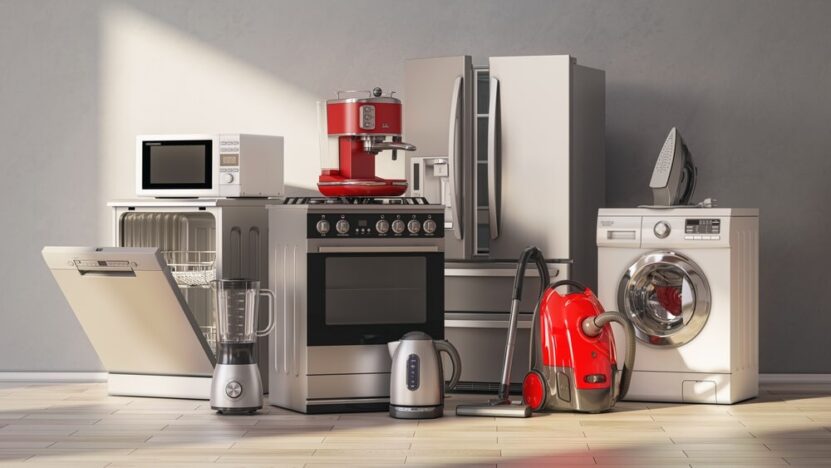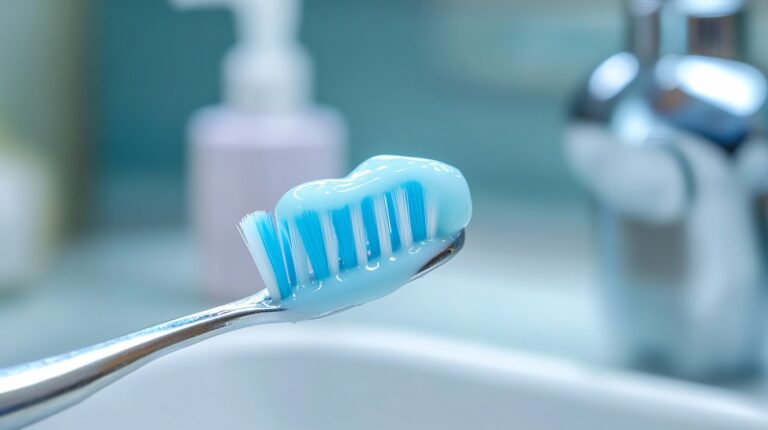Sometimes the culprits are right under our noses. The gadgets we rely on daily might be quietly chipping away at your hard-earned money. The worst part? You don’t even realize it until the bill hits.
Key Points:
- Energy hogs often go unnoticed in your home.
- Small changes can lead to big savings.
- Regular maintenance prevents hidden costs.
- Some gadgets drain money even when not in use.
- Knowing the problem is the first step to fixing it.
1. Old Refrigerators — The Silent Energy Monsters
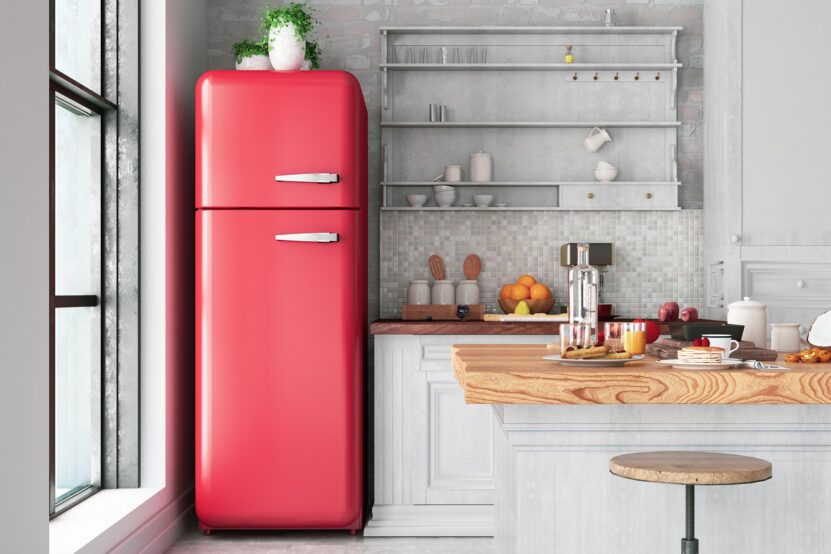
Refrigerators are the workhorses of any kitchen. They never rest, running 24/7 to keep your food fresh. But older models lack the energy-efficient technology of modern units, leading to massive electricity consumption. Even slight inefficiencies, like a worn-out door seal, force the compressor to work harder and longer. To ensure your refrigerator runs efficiently, scheduling appliance repair can help extend its lifespan and reduce energy costs.
Quick Tip: Check the door seal by closing the door on a piece of paper. If you can pull it out easily, it’s time for a replacement. Consider upgrading to an Energy Star model to save up to 15% on energy costs.
FUN FACT: An outdated refrigerator can use more energy annually than a new energy-efficient washing machine, dishwasher, and LED TV combined!
2. Clothes Dryers That Overstay Their Welcome
Dryers offer unmatched convenience, but they also top the charts in energy consumption. Heat generation requires a lot of power, especially if the machine is inefficient or poorly maintained. Overloading or underloading can also spike energy use.
Pro Tip: Clean the lint filter after every cycle to improve airflow. Opt for moisture-sensing models that automatically shut off when clothes are dry.
Did You Know? Air-drying clothes can reduce your household’s carbon footprint significantly. Plus, it helps your fabrics last longer!
3. Dishwashers That Need More Than Just Soap
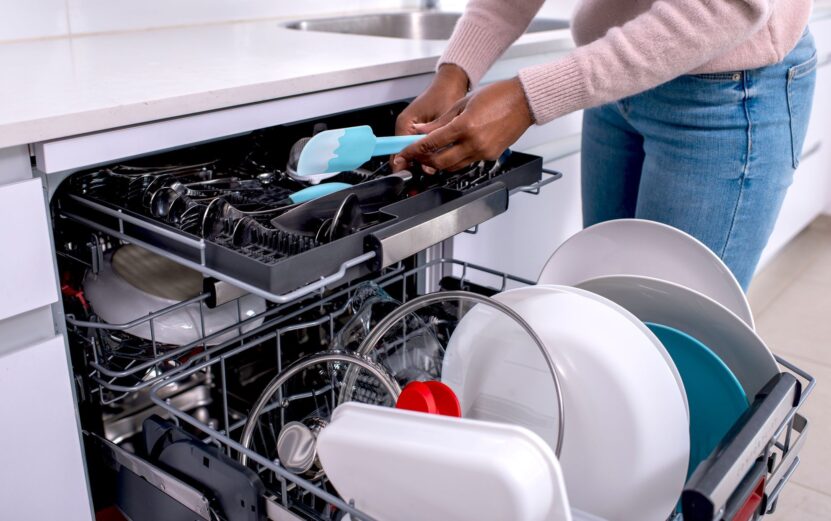
Dishwashers are time-savers, but older models consume excessive water and electricity. Running half-full loads or using high-heat drying cycles increases the cost further.
Try This: Use the eco mode if available. Skip the heated drying feature and crack the door open post-cycle to air-dry.
Also, if your dishwasher acts up, don’t rush to replace it. Reliable appliance repair services can save you the cost of a new one while restoring peak efficiency.
4. Microwaves That Never Really Rest
Microwaves might seem harmless due to their short usage times, but the hidden energy cost comes from standby power. That glowing clock display quietly sips electricity all day.
Fix: Unplug it when not needed or invest in smart power strips that cut off power automatically when the appliance is idle.
Energy-Saving Fact: Microwaves with inverter technology are more energy-efficient because they maintain steady power instead of pulsing.
5. Coffee Makers That Brew More Than Coffee
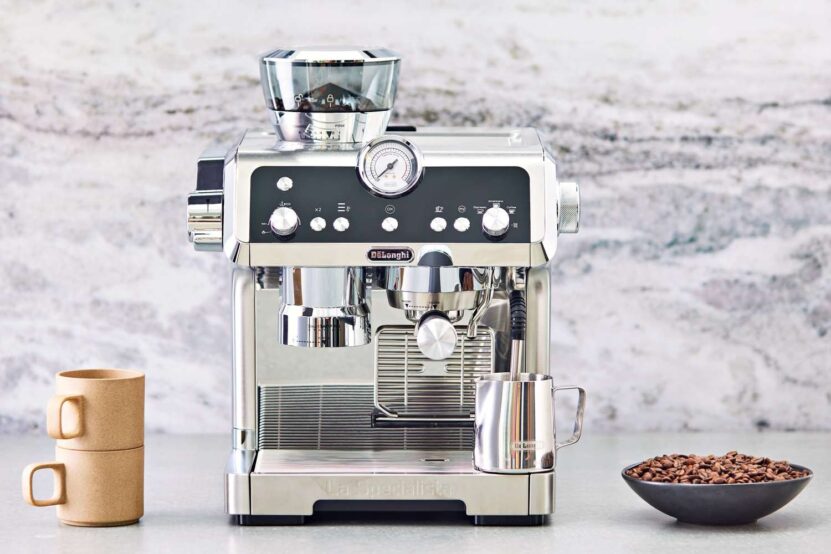
Many coffee makers stay plugged in and keep warming plates hot long after brewing, wasting energy. The auto-off feature is a lifesaver, but not all models have it.
Quick Fix: Use a thermal carafe to keep coffee hot without constant electricity. Also, unplug the machine after use to eliminate phantom load.
FUN FACT: The energy used to keep a coffee maker’s warming plate on for 8 hours equals brewing 12 fresh pots of coffee.
6. Televisions That Never Sleep
Modern TVs, especially large-screen models, can be energy vampires when left on standby. Features like quick-start and instant-on modes keep them partially active.
Money-Saving Moves:
- Disable quick-start settings.
- Use smart plugs to cut power completely.
- Adjust brightness to optimal levels for lower consumption.
Did You Know? A TV in standby mode can consume up to 10% of its active energy usage annually.
7. Gaming Consoles That Play With Your Budget
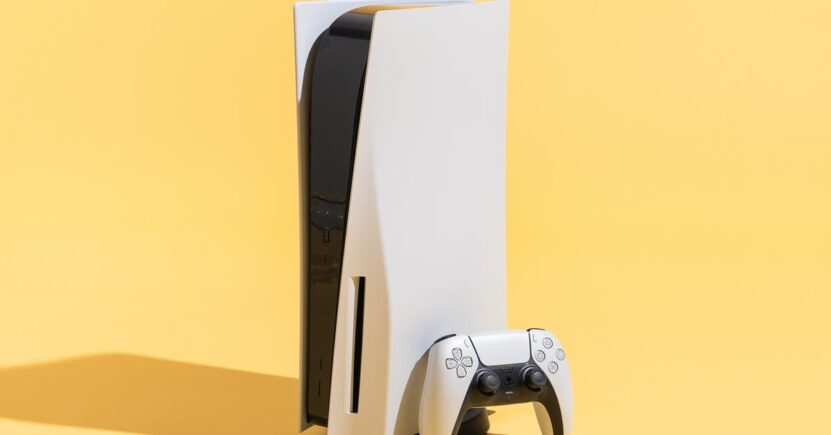
Gaming consoles often stay in rest mode, quietly draining power. Downloading updates automatically adds to the consumption.
What Helps:
- Turn off auto-update features.
- Power down completely after use.
- Use energy-saving settings to manage consumption.
FUN FACT: A console in rest mode for a year can cost more in energy than the console itself.
8. Washing Machines That Overwork
Washing machines aren’t always the energy hogs we think, but inefficient use can make them costly. Using hot water unnecessarily spikes both water heating and electricity costs.
Savings Tips:
- Stick to cold water for most loads.
- Use high-speed spin cycles to reduce drying time later.
Pro Tip: Schedule maintenance checks to ensure your washer operates efficiently. This reduces wear and extends its lifespan.
9. Water Heaters That Work Overtime
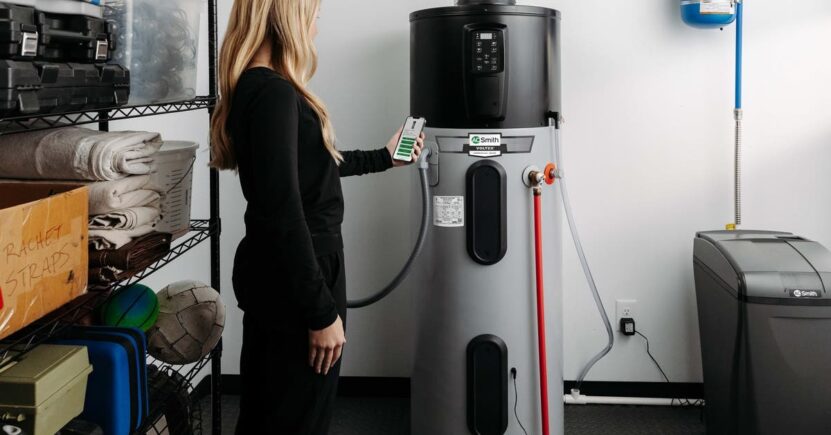
Water heaters are hidden energy guzzlers. Setting the temperature too high or neglecting maintenance increases costs significantly.
Cost-Cutting Advice:
- Reduce the thermostat to 120°F.
- Insulate the tank and pipes to retain heat.
- Flush the tank annually to remove sediment buildup.
Did You Know? Reducing your water heater by just 10 degrees can save up to 5% on your energy bill.
10. Air Conditioners That Cool Your Cash Flow
AC units are indispensable in hot climates but are notorious for high energy consumption. Dirty filters, leaky ducts, and inefficient models make it worse.
Smart Moves:
- Clean filters monthly.
- Seal any leaks in windows or ducts.
- Invest in a programmable thermostat to control usage.
Energy Fact: Using ceiling fans allows you to raise the thermostat by 4°F without sacrificing comfort.
11. Smart Devices That Are Not So Smart

Smart home devices, including security cameras, smart speakers, and Wi-Fi routers, stay on 24/7. They may use small amounts individually, but together, they add up.
Simple Solutions:
- Use power strips to turn off groups of devices when not needed.
- Optimize settings to reduce active monitoring during low-usage times.
Did You Know? The average household has over 25 connected devices, silently increasing energy costs.
12. Dehumidifiers That Overdo It
Dehumidifiers help with air quality but can be energy hogs if left running unnecessarily.
What You Can Do:
- Set humidity levels to 50% for optimal performance.
- Only run in damp seasons or when needed.
FUN FACT: Running a dehumidifier 24/7 can cost more annually than operating a refrigerator.
13. Electric Ovens That Burn More Than Food
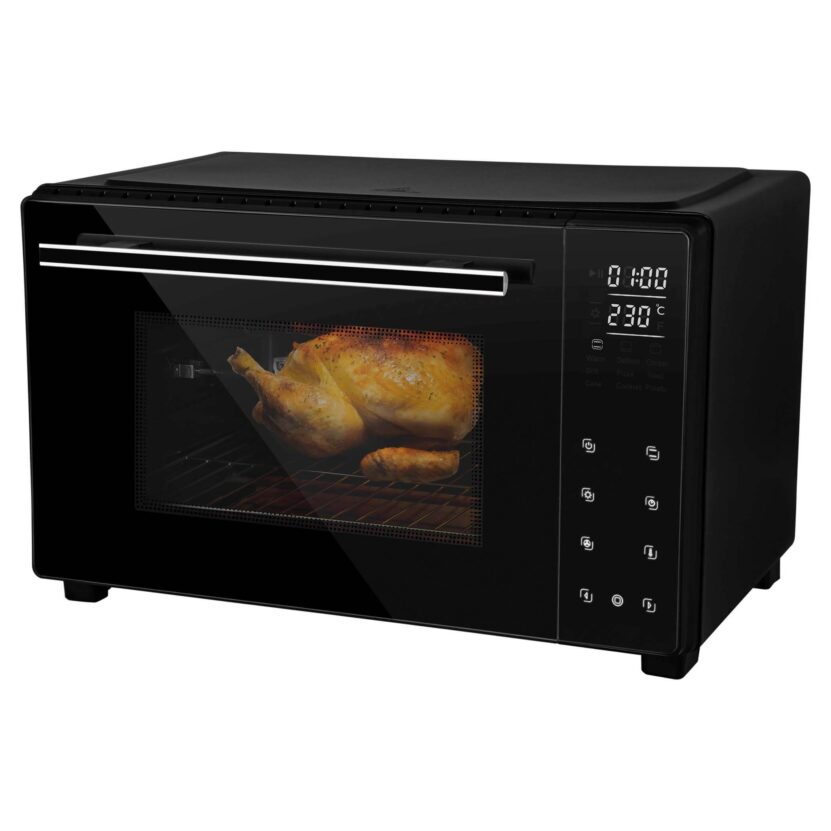
Electric ovens consume large amounts of energy, especially if used inefficiently. Preheating for too long or using high temperatures unnecessarily spikes energy usage.
Money-Saving Tips:
- Use convection mode if available—it cooks faster and more evenly.
- Avoid opening the door frequently, which causes heat loss.
Did You Know? Using a microwave or toaster oven for small meals can save up to 80% of the energy compared to a full-sized oven.
Bonus Tips to Stop the Drain:
- Invest in smart plugs to control appliances remotely.
- Schedule regular maintenance to keep appliances efficient.
- Replace old units with energy-efficient models.
- Look for the Energy Star label when shopping.
Final Thoughts
The key isn’t to stop using your favorite gadgets but to manage them smarter. A few adjustments, regular check-ups, and knowing when to repair or replace can keep your budget in check. If any appliance seems suspiciously power-hungry, consider professional appliance repair to get it back in shape.
Your wallet will thank you.

